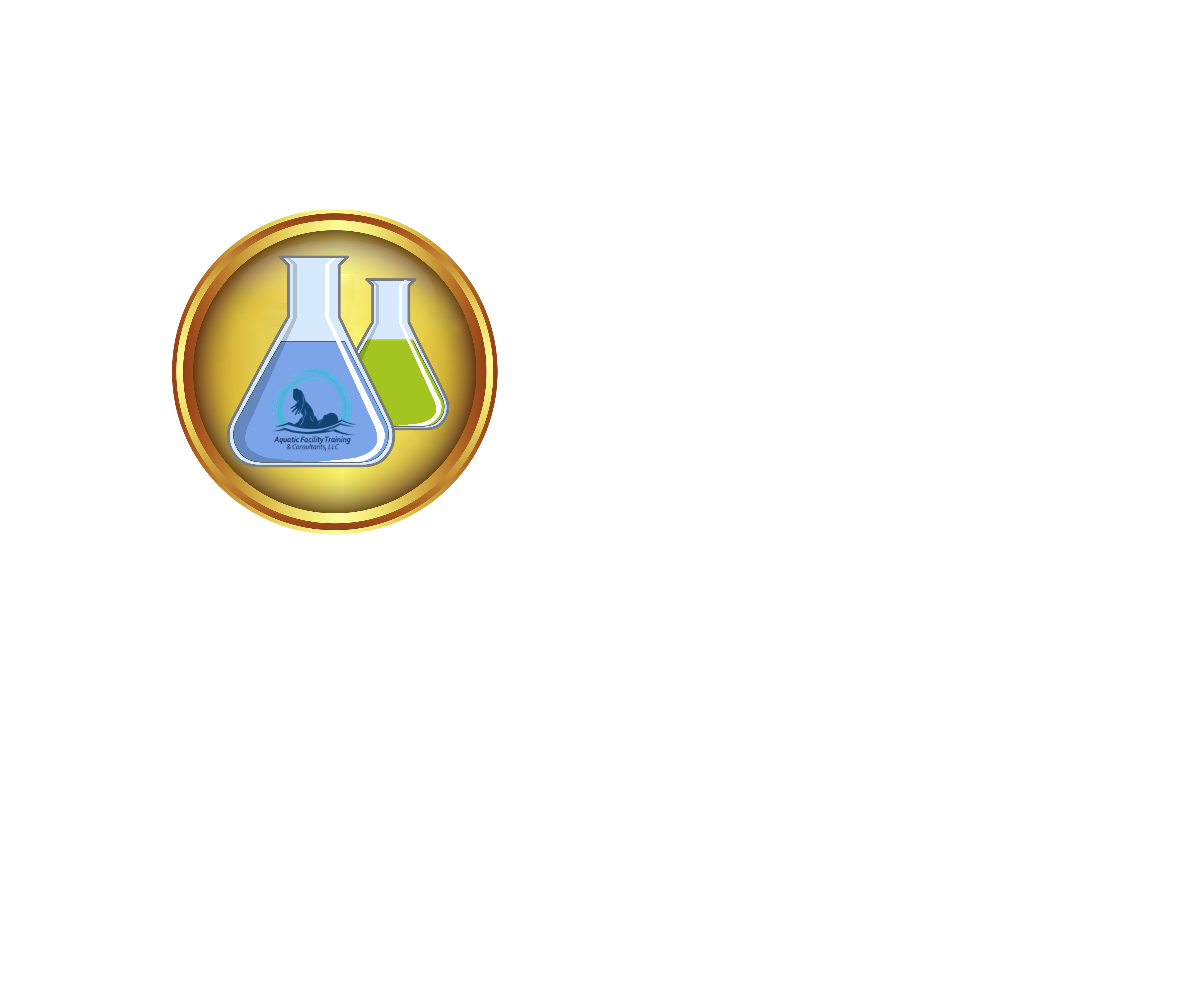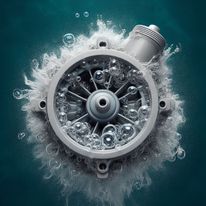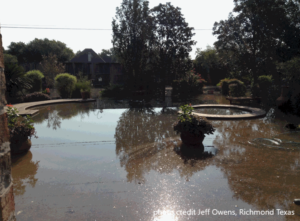The pseudoscience of creating pressure-side cavitation (hydrodynamic cavitation) to rid swimming pools of algae and bacteria is based on the theory that cavitation bubbles can generate shock waves that kill algae and bacteria. Cavitation is the formation of vapor bubbles in a liquid when the pressure drops below the liquid’s vapor pressure. When these bubbles collapse, they create shock waves that can cause damage.
Proponents of this method claim that creating cavitation bubbles in the swimming pool water can kill algae and bacteria without harsh chemicals. They typically use a device that gets plumb Into the pool’s effluent line and creates cavitation bubbles as the water passes through it.
However, there is no scientific evidence to support the claim that pressure-side cavitation is effective at killing algae and bacteria. The bubbles generally implode within a millisecond, which is insufficient contact time in flowing water to squat. However, there is research that shows cavitation can actually increase the growth of algae and bacteria. How’s that for a twist?!
Pool Hydrodynamic Cavitation
The big problem with pressure-side cavitation is that it would be difficult to control. The cavitation bubbles’ size, number, and intensity vary depending on several factors, such as the flow rate, temperature, and TDS. Ensuring that the cavitation bubbles generate enough shock waves to kill algae and bacteria is challenging.
Another problem with pressure-side cavitation is that it can be damaging. The shock waves generated by collapsing cavitation bubbles can create noise and vibration, which can cause glue joints to leak.
Pool Hydrodynamic Cavitation is not a scientifically recognized concept, and any claims associated with it should be approached with skepticism, as it is considered pseudoscience or a dubious product/service.
Get in on the conversation – Listen here 👇
Cavitation commonly experienced in swimming pools
Cavitation in a swimming pool pump occurs when the water pressure drops below the vapor pressure, causing the water to vaporize or form bubbles. This typically happens at the inlet side of the pump, where water is drawn in. When the water vapor or bubbles travel through the pump and reach higher-pressure areas, they collapse or implode, creating shock waves.
Cavitation can have several adverse effects on a swimming pool pump:
- Damage to Pump Components: The collapsing bubbles generate intense pressure and heat during implosion, which can erode or damage the pump’s impeller, housing, and other components. Over time, this can lead to reduced pump efficiency and performance.
- Reduced Pump Efficiency: As cavitation occurs, the pump has to work harder to move water, reducing efficiency and increasing energy consumption.
- Noise: Cavitation often produces a distinctive noise, which can be disruptive and annoying. This noise is caused by the collapse of the bubbles in the pump.
- Reduced Flow Rates: Cavitation can impede the smooth flow of water through the pump, leading to reduced water circulation in the pool.
Similar Article: How Pool Pump Cavitation Sucks!
To prevent cavitation in a swimming pool pump, consider the following:
- Proper Pump Sizing: Ensure the pump is correctly sized for the pool’s requirements. An oversized or undersized pump may contribute to cavitation issues.
- Maintain Proper Water Levels: Keep the pool water level within the recommended range to avoid air being drawn into the pump.
- Check for Leaks: Air leaks in the suction line can contribute to cavitation. Regularly inspect and fix any leaks in the system.
- Clean or Replace the Pump Strainer Basket: A clogged strainer basket can restrict water flow and contribute to cavitation. Clean or replace the strainer basket regularly.
- Adjust Valve Positions: Ensure the pool’s valves are appropriately adjusted to achieve the desired flow rates without causing excessive suction or pressure on the pump.
Learn more here: Algae Prevention & Remediation, Pool Service Basic Training






